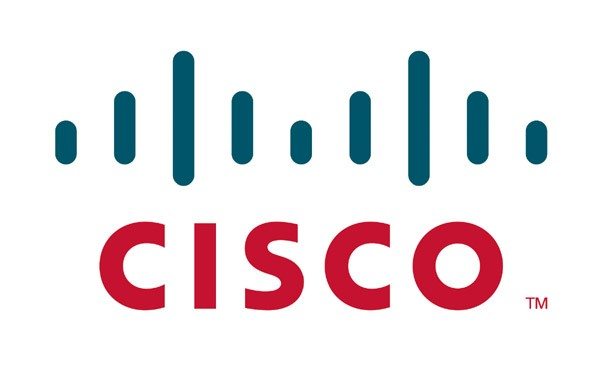
During the Infosys conference this week, the hosts constantly asked the audience to vote on a variety of questions about innovation.
The organisers did say that they had wondered whether innovation was the right subject to focus upon this year, considering that for some it would be the last thing on their minds, but then they realised that banks could only survive by innovating.
Hence, the reason for making this the focus and, with about 100 or so banks from across the globe, what were their answers?
I’ll tell you.
Question: What are you doing to increase innovation?
53.9% Making innovation a top strategic priority
38.2% Implementing flexible technology infrastructures
Question: Which of these is your preferred method of driving innovation?
52.6% Leveraging new channels
38.2% Redesigning business processes
9.2% Launching new products
Question: What is the biggest barrier to innovation in your bank?
40% Risk aversion
37.1% Management focus
12.9% Dearth of ideas
10% The absence of an innovation department
Question: When it comes to innovation in new products, what is most important?
60% Personalisation
17% Product packaging and bundling
16% Technology features
7% Pricing
Question: Which factors count the most when delivering the customer experience?
58.1% Staff
23.3% Process design
18.6% Technology
And what does all of this tell us?
First, that innovation is still important. If you are growing you need to innovate to maintain position; if you are shrinking you need to innovate to stop the decline. As another friend of mine recently put it, “we can shrink ourselves into oblivion or grow ourselves out of this mess”.
Innovation is just as important if you are in the bad times as the good, if not more so.
But what is innovation?
As I stated in another recent post, it’s all about create compelling business models that either destroy the existing model or creates a new one. Innovation either steals existing markets or creates new ones. Innovation must be compelling however, or it is wasted.
This was another key learning and question: when is it right to invest in an innovative new idea versus sit on the fence and wait to follow.
Innovators, by their very nature, are there to get shot down first because they are out on their own, usually acting as first mover, and disrupting the status quo.
Folks who shake the existing structure are not appreciated.
Don’t move my cheese.
Leave me be.
This is why the innovators will always be frowned upon and shouted down ... until their compelling new model takes off and then everyone wants a slice of the action.
The thing is, if you sit on the fence for too long and the innovators’’ idea is compelling enough, then the incumbents will fail because by the time they see the train has left the station, it’s too late to get on.
So the basic point is this: a bank has to be continually innovating so that they understand the parameters of any new market, technology, product, service, capability, feature, function ...
A bank has to build their business design and strategy for these innovations and be ready to roll them out as soon as a rollout makes sense.
And when does the roll out make sense?
As soon as a profitable business can be created, as soon as a compelling market can be secured, or as soon as a competitor is gaining a market by delivering such a program of business.
And what are the keys for future innovation?
Here are a few ideas that came from the bank CEO’s I talked with this week.
The next wave of bank innovation will be based upon:
- More accurately profiling the needs of customers by channel and the experience the customer expects, wants or needs in that channel;
- Banks focus upon helping customers move money today but, tomorrow, will focus on how to intermediate trade between individuals and businesses;
- Future banks will focus upon the relationship between their dealings and society in order to be socially useful;
- The future customer will have the ability to create their own bank based upon their own needs (in other words, widget / gadget / wiki – based banking, allowing me to create my own personal financial space);
- Banks will provide 24*7 availability with micro personalisation;
- My future identity will integrate my financial identity with my citizen’s identity in a digital form, so that I have one pure identity to trade electronically or direct; and
Chris M Skinner
Chris Skinner is best known as an independent commentator on the financial markets through his blog, TheFinanser.com, as author of the bestselling book Digital Bank, and Chair of the European networking forum the Financial Services Club. He has been voted one of the most influential people in banking by The Financial Brand (as well as one of the best blogs), a FinTech Titan (Next Bank), one of the Fintech Leaders you need to follow (City AM, Deluxe and Jax Finance), as well as one of the Top 40 most influential people in financial technology by the Wall Street Journal's Financial News. To learn more click here...

